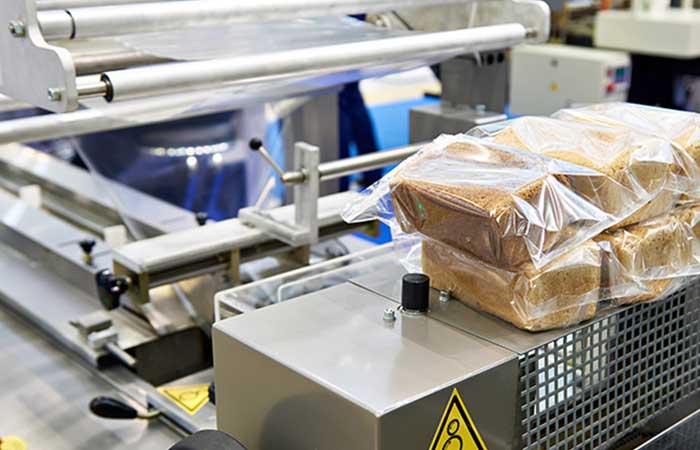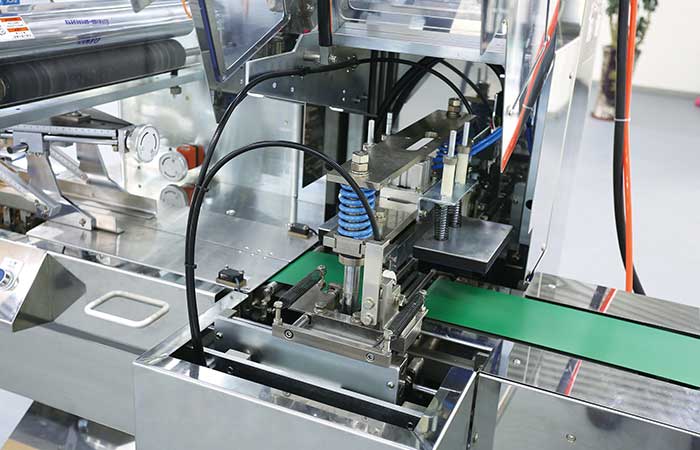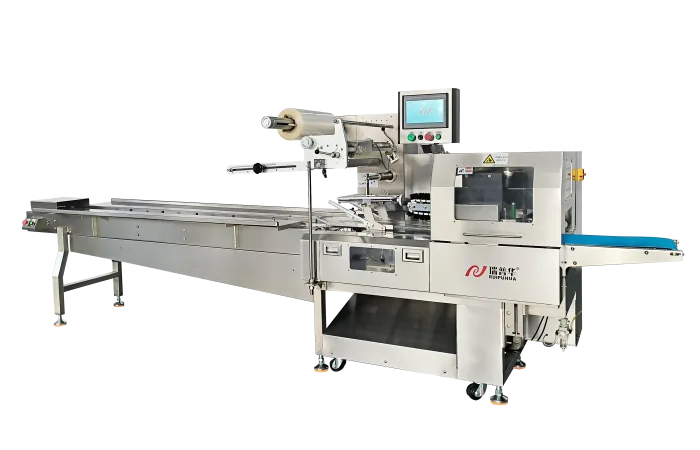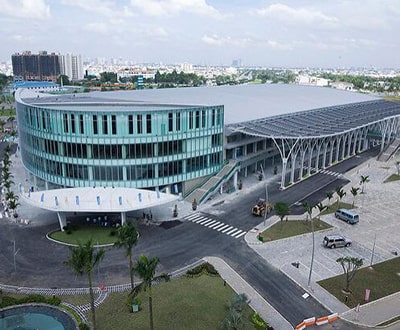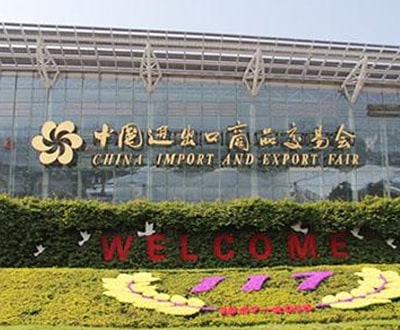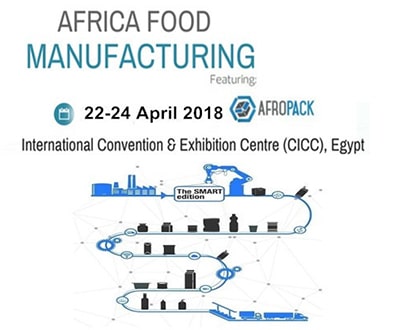The Art of Streamlining Food Packaging Production Lines
The Art of Streamlining Food Packaging Production Lines
For any food manufacturer, efficiency in the production line is paramount. In today’s fast-paced world, where consumer demands are constantly evolving, the ability to streamline the food packaging production process can make a significant difference in terms of competitiveness and profitability.
From automated filling systems to cutting-edge packaging materials, there are a myriad of strategies that can be employed to optimize food packaging production lines. Let’s delve into some of the key methods and technologies that can help manufacturers achieve efficiency and excellence in their operations.
1. Automated Filling Systems
One of the most effective ways to streamline food packaging production lines is through the use of automated filling systems. These systems are designed to accurately measure and fill products into containers at high speeds, reducing the potential for human error and increasing throughput.
By incorporating sensors and robotics into the filling process, manufacturers can ensure consistent and precise filling, resulting in higher quality products and reduced waste. Automated filling systems also enable faster changeovers between different product types, allowing for greater flexibility in production.
2. Lean Manufacturing Principles
Implementing lean manufacturing principles can also greatly enhance the efficiency of food packaging production lines. By eliminating waste, optimizing workflow, and continuously improving processes, manufacturers can reduce lead times and production costs while maintaining high quality standards.
Creating a culture of continuous improvement within the organization is key to successfully implementing lean manufacturing principles. By encouraging employee involvement and empowerment, manufacturers can unlock the full potential of their production lines and drive sustainable growth.
3. Advanced Packaging Materials
The choice of packaging materials plays a crucial role in the efficiency of food packaging production lines. Advanced materials such as biodegradable plastics, recyclable packaging, and modified atmosphere packaging can help extend the shelf life of products, reduce environmental impact, and enhance brand image.
By leveraging the latest advancements in packaging materials, manufacturers can improve product safety, increase efficiency in distribution, and meet the evolving preferences of environmentally-conscious consumers. Investing in sustainable packaging solutions can also result in cost savings and regulatory compliance.
4. Quality Control and Traceability
Ensuring quality control and traceability throughout the food packaging production line is essential for maintaining product integrity and meeting regulatory requirements. By implementing automated inspection systems, manufacturers can detect defects, contaminants, and deviations from specifications in real-time, reducing the risk of product recalls and customer dissatisfaction.
Incorporating traceability technologies such as barcoding, RFID tags, and blockchain can also enhance transparency and accountability across the supply chain. By tracking the journey of products from production to consumption, manufacturers can quickly identify and address any issues that may arise, ensuring compliance with food safety standards and building consumer trust.
5. Collaborative Robotics
Collaborative robots, also known as cobots, are revolutionizing the way food packaging production lines operate. These robots are designed to work alongside human operators, performing repetitive tasks with speed and precision while ensuring safety and flexibility in the production environment.
By automating tasks such as palletizing, packaging, and labeling, cobots can help manufacturers increase productivity, reduce ergonomic risks, and optimize floor space. Collaborative robotics not only streamline production processes but also offer new possibilities for customization and scalability in food packaging operations.
6. Continuous Training and Development
Investing in the training and development of employees is crucial for the long-term success of food packaging production lines. By providing ongoing education and upskilling opportunities, manufacturers can empower their workforce to adapt to new technologies, processes, and market trends, fostering innovation and resilience in the face of change.
Continuous training also promotes a culture of excellence and professionalism within the organization, leading to higher employee engagement, retention, and performance. By prioritizing the growth and well-being of their employees, manufacturers can build a skilled and motivated workforce that drives success in food packaging production.
With the right combination of technological advancements, strategic initiatives, and organizational culture, food manufacturers can transform their packaging production lines into efficient, agile, and sustainable operations. By embracing innovation, collaboration, and continuous improvement, manufacturers can stay ahead of the curve and deliver high-quality products that meet the ever-changing demands of the market.
-
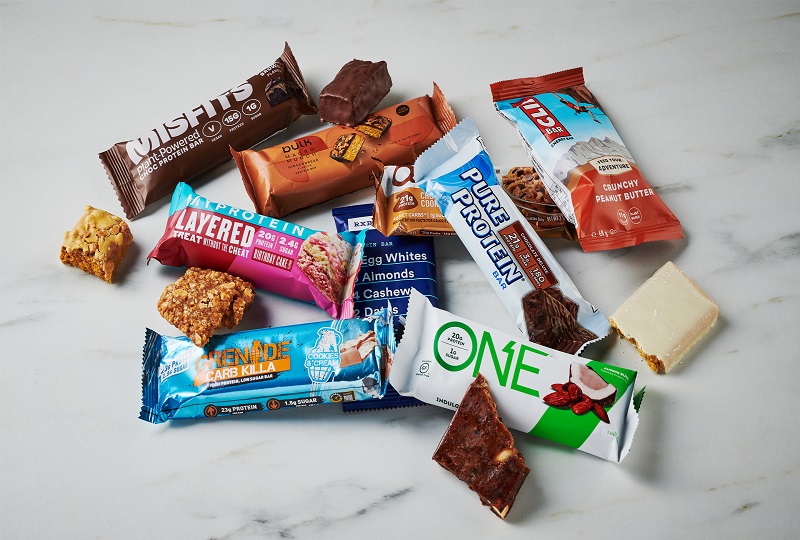 01
01Further Discussion About Protein Bar Packing Machinery
27-02-2024 -
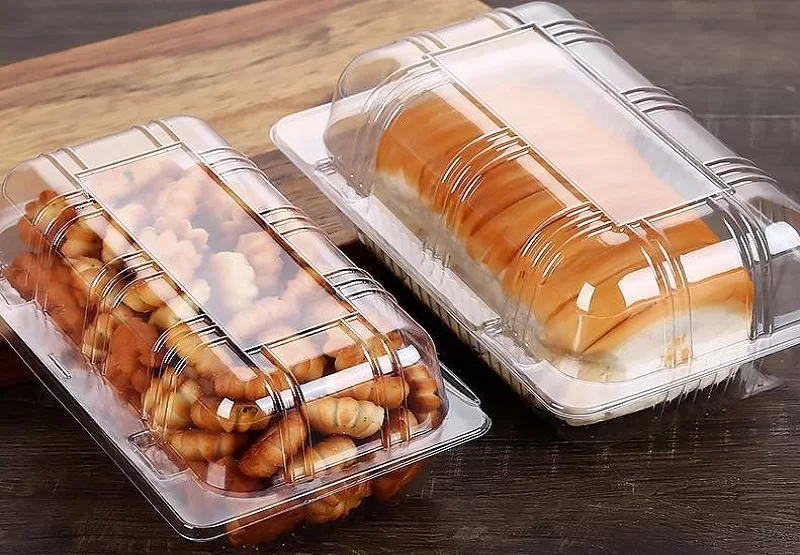 02
02Sustain The Best Crispy With Automatic Packaging Machines
29-01-2024 -
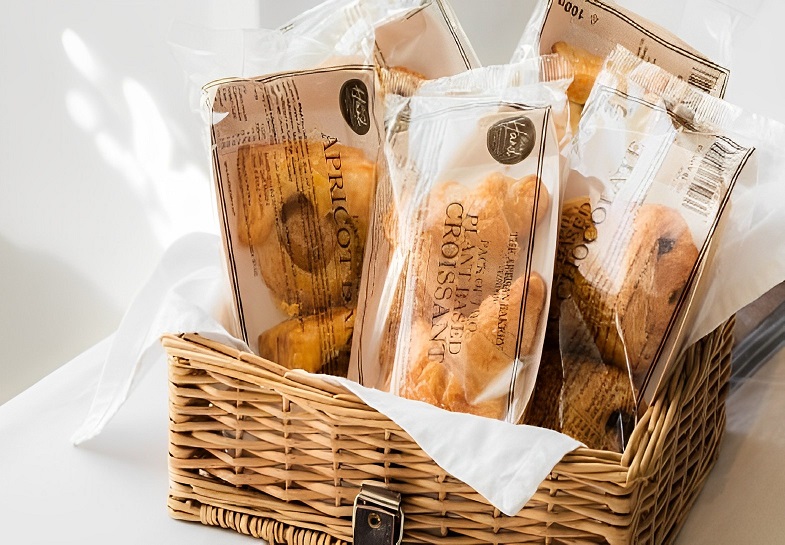 03
03Bread Packing Machine For Bakery Business
19-01-2024 -
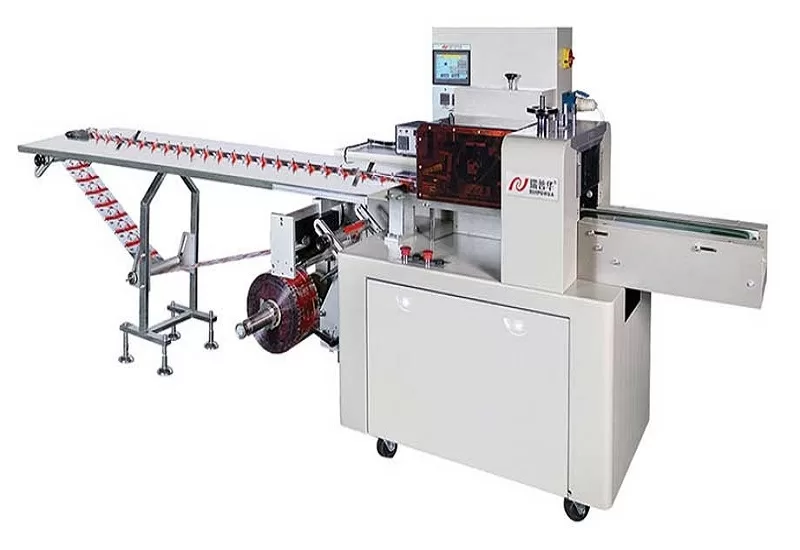 04
04How Flow Wrappers Are Adapting to Changing Trends
01-11-2023 -
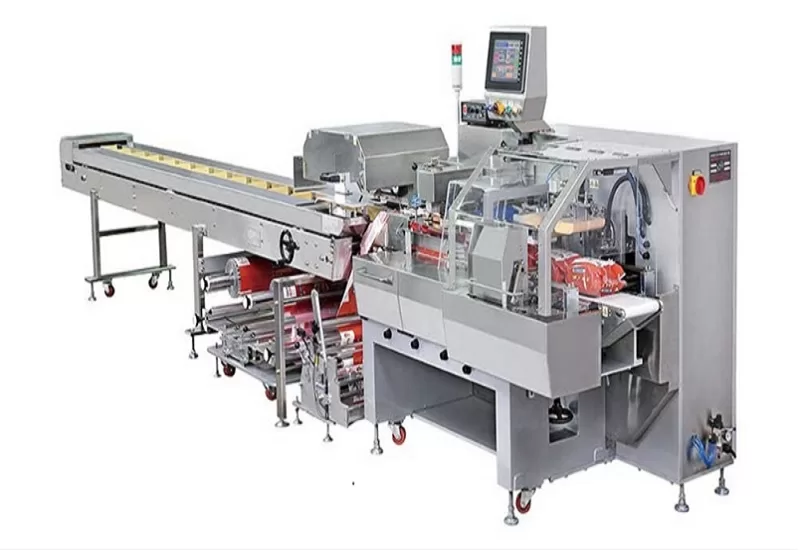 05
05The Comprehensive Guide to Packaging Machinery
31-10-2023 -
 06
06Automatic Cookie Packaging System Performance
01-09-2023 -
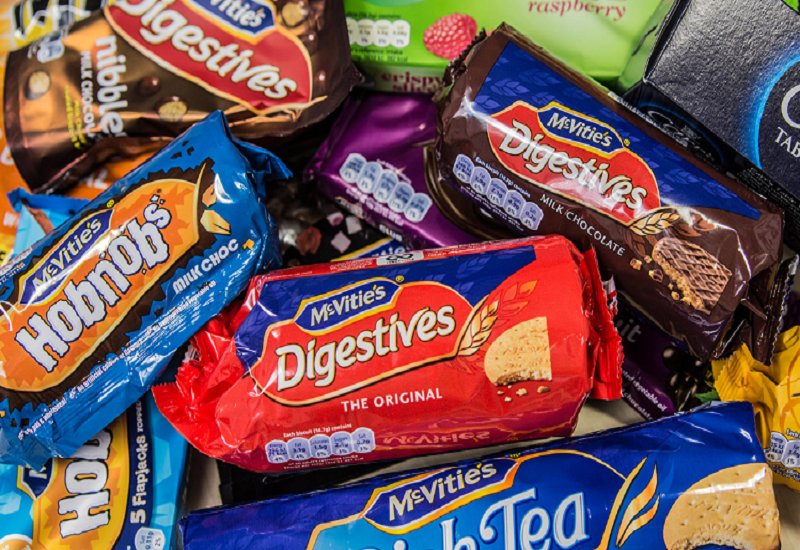 07
07Streamlining Biscuit Packaging with Multipack Biscuit Packaging Machines
25-08-2023 -
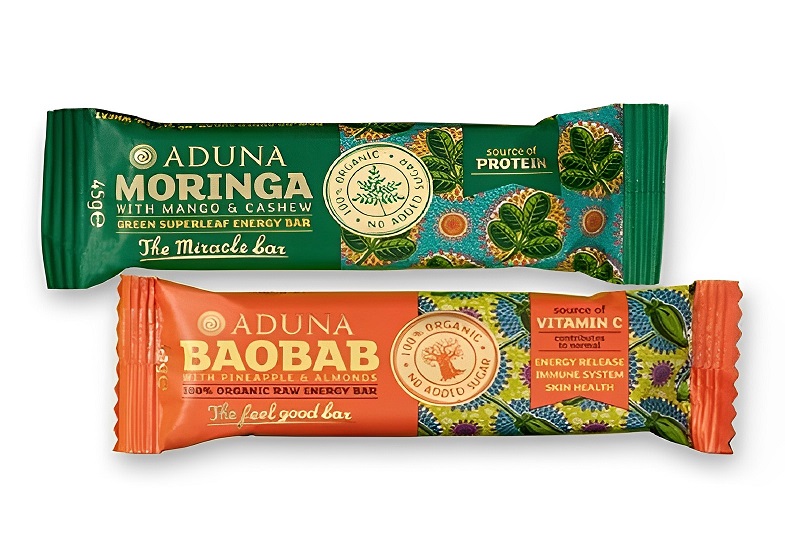 08
08From Assembly To Shipping: The Energy Bar Packaging Machine Does All
28-02-2023 -
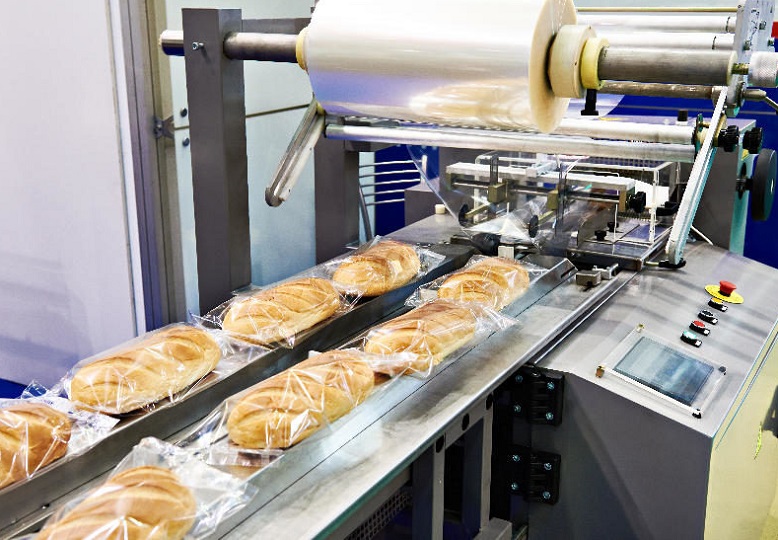 09
09Maximizing Efficiency With Food Packaging Machine Technology
22-02-2023 -
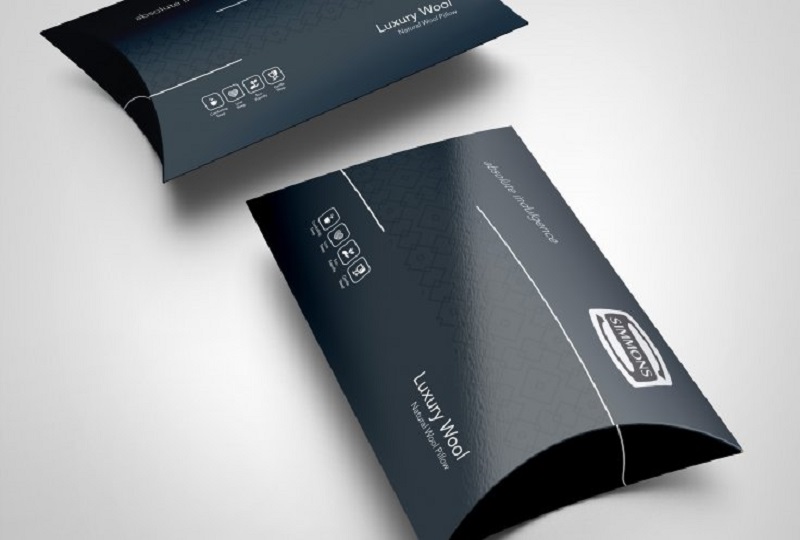 10
10Clients Hunt For Professional And Functional Packaging Machine
10-11-2022



